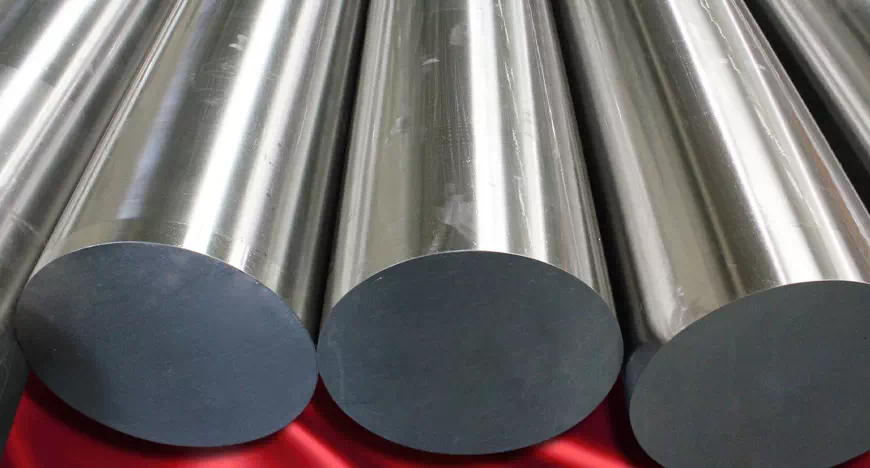Sales hotline
Sales hotline
Alloy steel, as the name suggests, is the addition of some specific alloying elements on the basis of carbon steel, such as silicon (Si), manganese (Mn), tungsten (W), vanadium (V), titanium (Ti), chromium (Cr), nickel (Ni) and molybdenum (Mo). The addition of these elements can significantly improve the various properties of steel, such as strength, toughness, hardenability and weldability. In industrial production and daily life, alloy steel is classified according to the type and amount of alloying elements it contains and its specific use.
Low alloy steel: the total alloy of this type of steel is less than 5%;
Medium alloy steel: the total alloy is 5% to 10%;
High alloy steel: the total alloy is greater than 10%.
Alloy structural steel: including low alloy structural steel (also known as ordinary low alloy steel), alloy carburized steel, alloy tempered steel, alloy spring steel and ball bearing steel;
Alloy tool steel: including alloy cutting tool steel (including low alloy cutting tool steel and high-speed steel), alloy die steel (including cold die steel and hot die steel) and measuring tool steel;
Special performance steel: such as stainless steel, heat-resistant steel and wear-resistant steel.

Low-alloy high-strength structural steel: its grade is arranged in order by the Chinese Pinyin letter (Q) representing the yield point, the yield limit value and the quality grade symbol (A, B, C, D, E). For example, Q390A stands for low-alloy high-strength structural steel with yield strength σs=390N/mm2 and mass grade A;
Alloy structural steel: its grade is composed of three parts: "two digits + element symbol + number". The first two digits represent 10,000 times the average carbon mass fraction in the steel, the element symbol represents the alloying element contained in the steel, and the number following the element symbol represents a hundred times the average mass fraction of the element. When the average mass fraction of alloying elements is less than 1.5%, generally only the elements are indicated without indicating the value; When the average mass score is greater than or equal to 1.5%, 2.5%, 3.5%,... When the alloying elements are marked accordingly with 2,3,4,... . For example, 40Cr indicates alloy structural steel with an average carbon mass fraction Wc=0.4% and an average chromium mass fraction WCr less than 1.5%;
Rolling bearing steel: Add "G" in front of the grade, and the number behind indicates that the mass fraction of chromium is thousands of times, and the mass fraction of carbon is not marked. For example, GCr15 represents rolling bearing steel with an average chromium mass fraction WCr=1.5%;
Alloy tool steel: The difference between the numbering method of this type of steel and alloy structural steel is only that: when Wc< At 1%, a number is used to represent thousands of times the mass fraction of carbon; When the mass fraction of carbon is ≥1%, it is not marked. For example, Cr12MoV means that the average carbon mass fraction is Wc=1.45%~1.70%, so it is not marked; The average mass score of Cr is 12%, and the mass scores of Mo and V are both less than 1.5%. For example, 9SiCr means that the average Wc=0.9%, the average WCr is less than 1.5% of alloy tool steel;
Stainless steel and heat-resistant steel: The number in front of this type of steel grade indicates thousands of times the carbon mass fraction. For example, 3Cr13 represents stainless steel or heat-resistant steel with an average mass fraction Wc=0.3% and an average mass fraction WCr=13%. When the mass fraction of carbon Wc≤0.03% and Wc≤0.08%, it is indicated by "00" and "0" in front of the brand, such as 00Cr17Ni14Mo2, 0Cr19Ni9 and so on.
Sales hotline:

 Scan and consult wechat customer service
Scan and consult wechat customer service